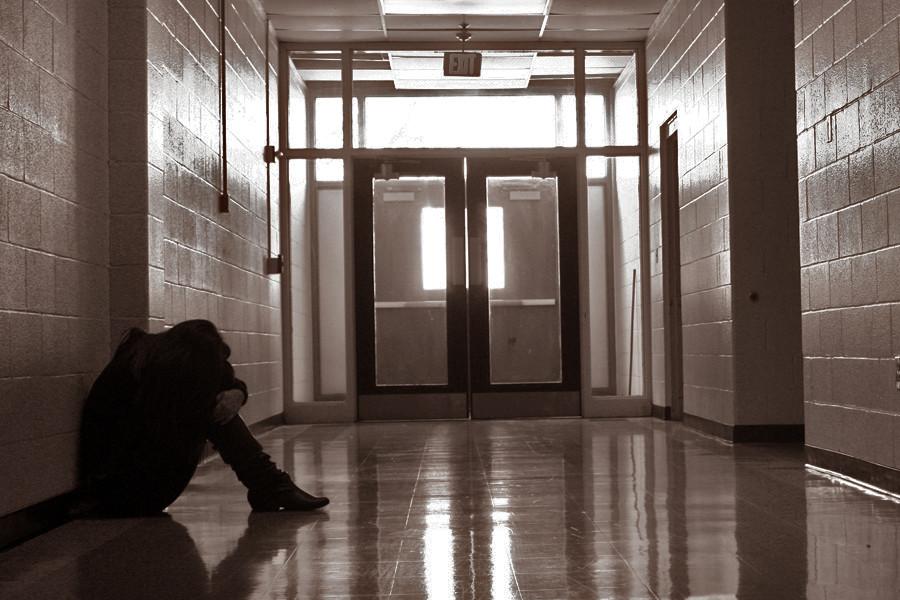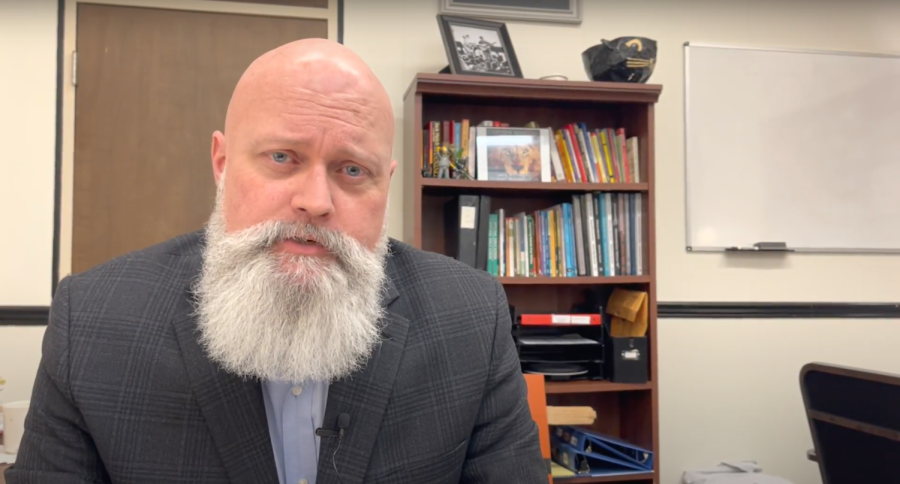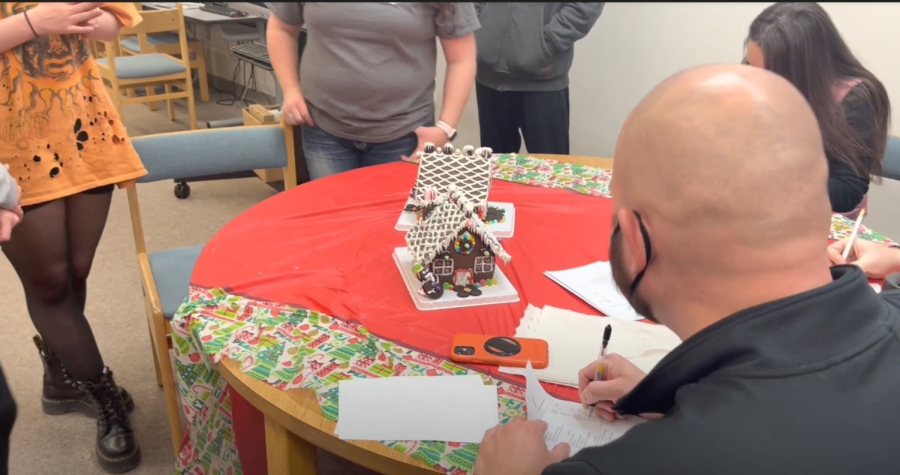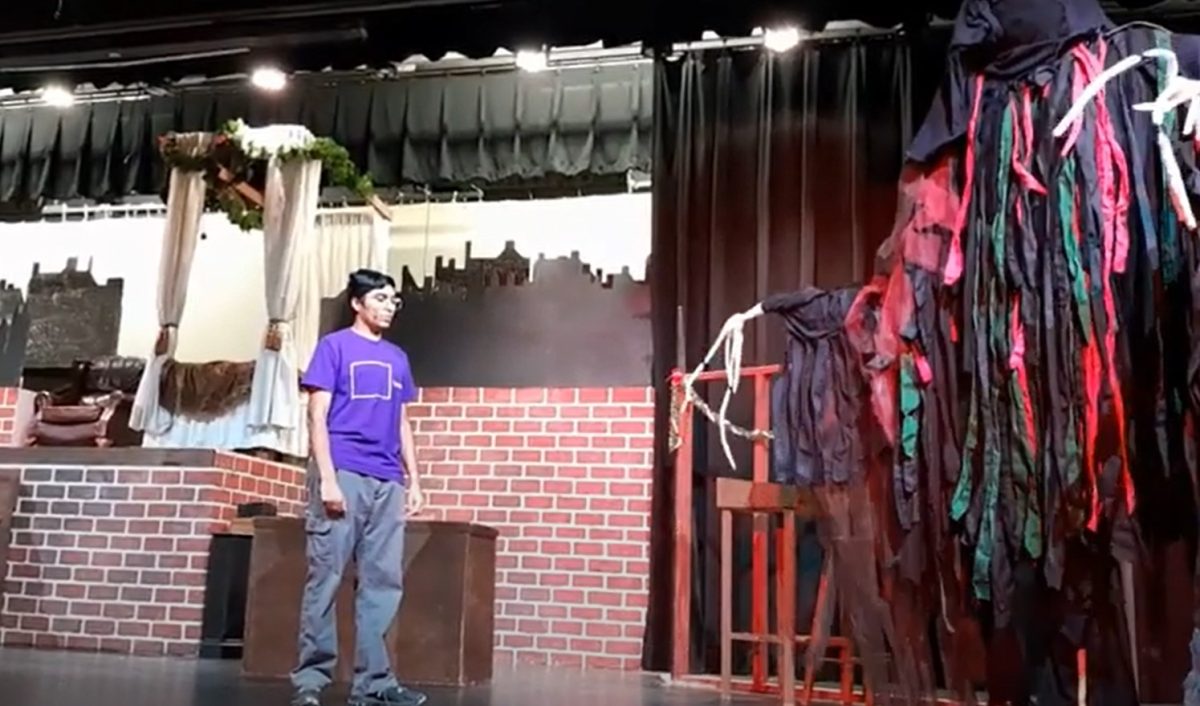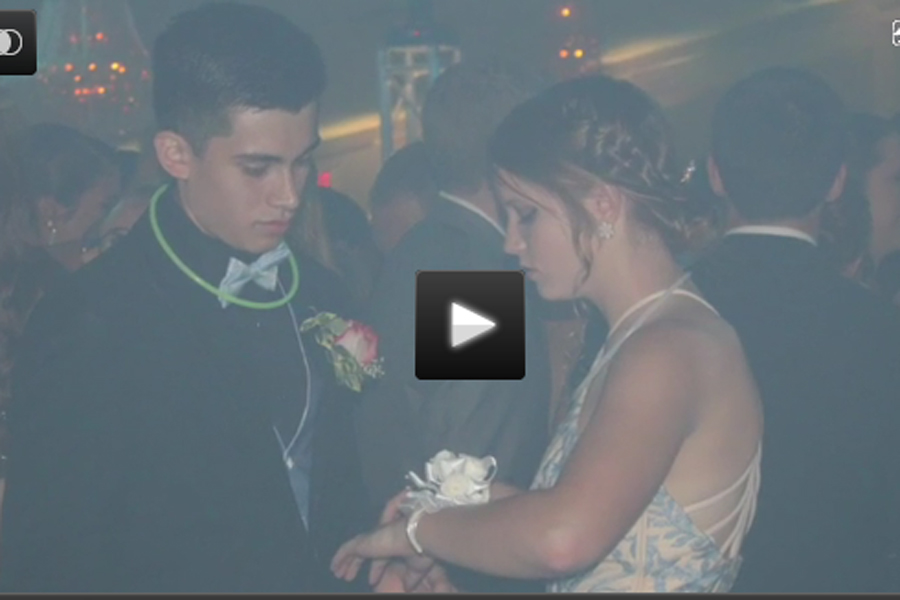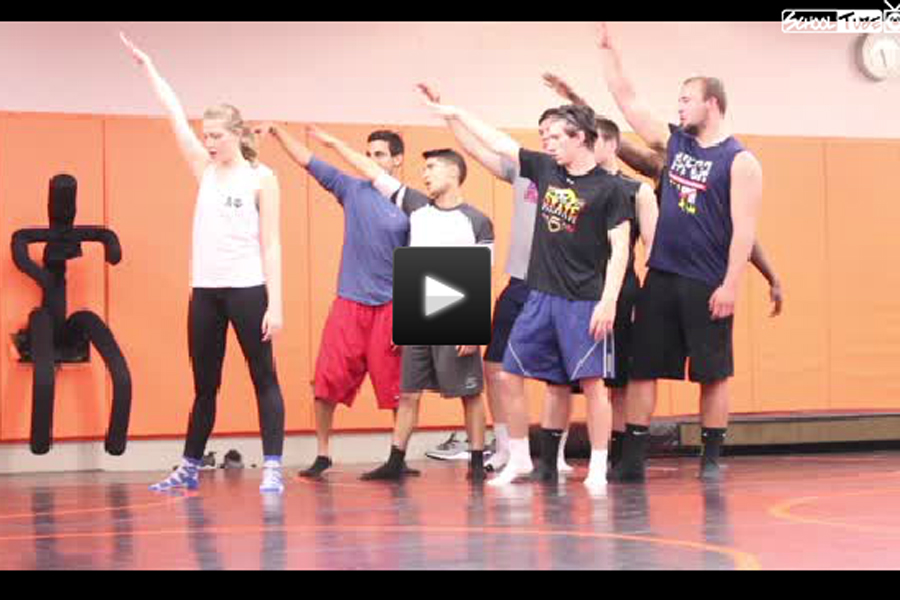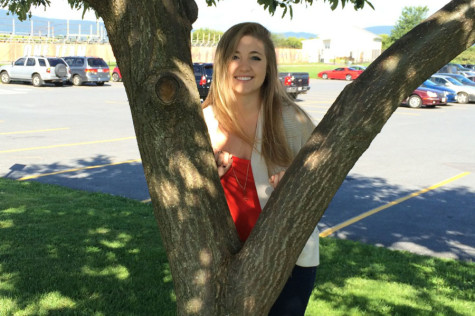Summer is over. Students go back to school. For two more months the sun will shine and the daylight will take precedence over the darkness, and then the clocks will be turned back an hour and the days will grow shorter.
There is a chill in the air; scarves and sweaters are thrown around rooms while winter boots are unpacked from dusty closets. School continues to get harder, and the stress of grades, sports and rehearsals pile on like laundry in the hamper of life. But that’s exactly what it is: life.
Everyone experiences life differently; some struggle more than others especially when the fall equinox leads into cold weather and gloomy days. A brittle sadness sinks into one’s bones and a stone-hard negativity creeps into one’s mindset.
Many will ask themselves, “What is wrong with me?” or “Why do I feel like this?” Sometimes there is no explanation or reason for the way a person feels. In the wintertime and months of cold and gloom specifically, there is a common diagnosis for a form of depression that occurs; seasonal affective disorder (SAD).
Seasonal affective disorder or SAD is a form of depression related to changes in the season. First described by Dr. Norman E. Rosenthal in the 1980s at the National Institute of Mental Health, it was said that SAD is a subtype of major depression.
The most common causes are a lack of serotonin in the brain, caused by a drop of sunlight, and a lack of melatonin, which control sleep pattern, mood and hormone levels.
Like any other form of depression, SAD is more likely to be experienced if the person has a family history of depression, including clinical depression and bipolar depression.
But here’s the biggest jaw-dropper: women between 15 and 55 are anywhere from 60 to 90 percent more likely to develop SAD than men, and 6 percent of people in North America have some form of winter depression. This means that six out of every 100 people in North America struggle with winter depression.
Statistics show that half a million Americans suffer from SAD compared to two million people in the United Kingdom and more than 12 million across northern Europe.
The question is: why is the statistic so much higher in Europe, especially in the northern areas? And the answer is more logical than it seems: the farther away an area is from the equator, the less sunny days that area has. For example, 1.4 percent of people who live in Florida have SAD compared to the 9.9 percent in Alaska.
Similarly, places like Olso, Norway, have 14 percent of people living with SAD compared to 4.7 percent in New York City. Each person’s body is on its own biological clock, dependent upon the circadian rhythm, or bodily changes that react to the amount of light or darkness.
In any high school, everyone has different struggles and situations that they have to wake up in the morning and deal with every day.
One student at Middletown High School who has SAD but asked not to be named, describes it as “something that people deal with all the time in the cold weather and season changes… it’s a bump in the road during the winter.”
And a large bump it is; the list of symptoms seems endless, including sleeping problems, weight gain, agitation and difficulty concentrating.
The MHS student says her biggest triggers are “family, stress, school… I have to get up when I feel like lying in bed. Also boredom… if I’m not keeping my mind busy, it gets worse.”
One of the biggest symptoms of SAD is low energy. Making the effort to stay busy when all a person with SAD or any form of depression wants to do is sleep, (on average 2.5 more hours more in the winter than the summer), is one of the biggest and best ways to combat it.
“[I feel] withdrawal from socializing with people, activities, I do poorly in school, and I’m unmotivated,” all of which are common symptoms of SAD, as well, says the MHS student.
But the road doesn’t end here; it may feel like a person’s world is crashing down on him or her, but it is only temporary.
There are so many ways to cope with SAD, “through music and writing” are two of this student’s best strategies. “I’m no longer medicated for it. Feeling a synthetic happiness for it is worse than being depressed,” she says.
Antidepressants include Paxil, Prozac and Zoloft, but medication is not the only way to overcome SAD. “Talk to someone before you go to the doctor, write about it, and don’t keep it bottled up as much as it’s hard to do. Exercise helps…stay productive and busy,” are her biggest pieces of advice for anyone dealing with SAD or depression.
At MHS, a psychology class is offered where students learn about various types of disorders including depression.
When asked what the relationship between student’s behaviors and the weather is, MHS psychology teacher Jeff Colsh explained, “Students tend to be sleepier in the wintertime and I think they have a lot more energy in the fall and spring… the sun is shining… it makes people feel better.” There is science behind Colsh’s analysis.
As noted earlier, melatonin is a hormone that makes bodies feel drowsy and slow when there is darkness; therefore, when there is sunlight, production is slowed down.
People with SAD generally do not make enough melatonin to sustain their brains. “There’s different mood disorders, the biggest one being depression. We talk about teenagers, suicide, warning signs and things to look for,” including self-harm, mood swings and expressing feelings of worthlessness, Colsh says. He says it is important to “be on the lookout for students going through a difficult time.”
In the school guidance office, various pamphlets and brochures about suicide prevention and overcoming personal battles are available.
SAD is not something to brush off a shoulder and ignore; it’s a form of depression like any other form of depression that has psychological reasoning and effects.
Being compassionate lets the other person know that he or she is safe, and that what he or she is feeling is a very real thing and can be addressed.



